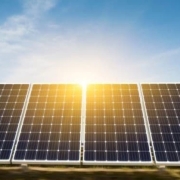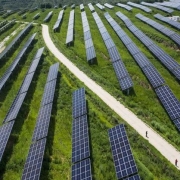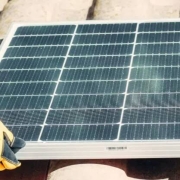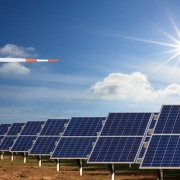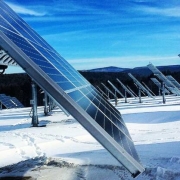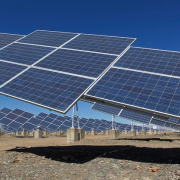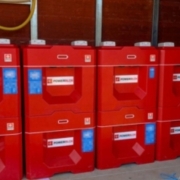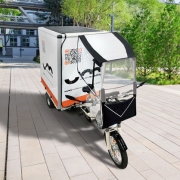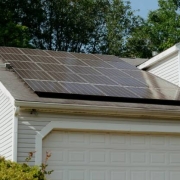The “Don’t Tax the Sun” rally took place on June 2, drawing large crowds in Los Angeles and San Francisco. Solar advocates gave public comment before the California Public Utilities Commission to oppose provisions in the Net Energy Metering 3.0 policy that would severely damage the economics of rooftop solar.
A few months ago, public protest in San Francisco and Los Angeles led to the successful delay of California’s Net Energy Metering (NEM) 3.0. The proposal sharply cut payments made to solar owners for sending excess energy back to the grid to be used by their neighbors.
Renewable energy data firm EQ Analysts said the proposal would lead to a 57-71% overall reduction in solar savings for homeowners. At the time, grid controls expert and economist-at-large Ahmad Faruqui lambasted the proposed decision as a “proposed dystopia” and offered ten reasons why.
Click here to read the full article
Source: PV Magazine
—
If you have any questions or thoughts about the topic, feel free to contact us here or leave a comment below.


